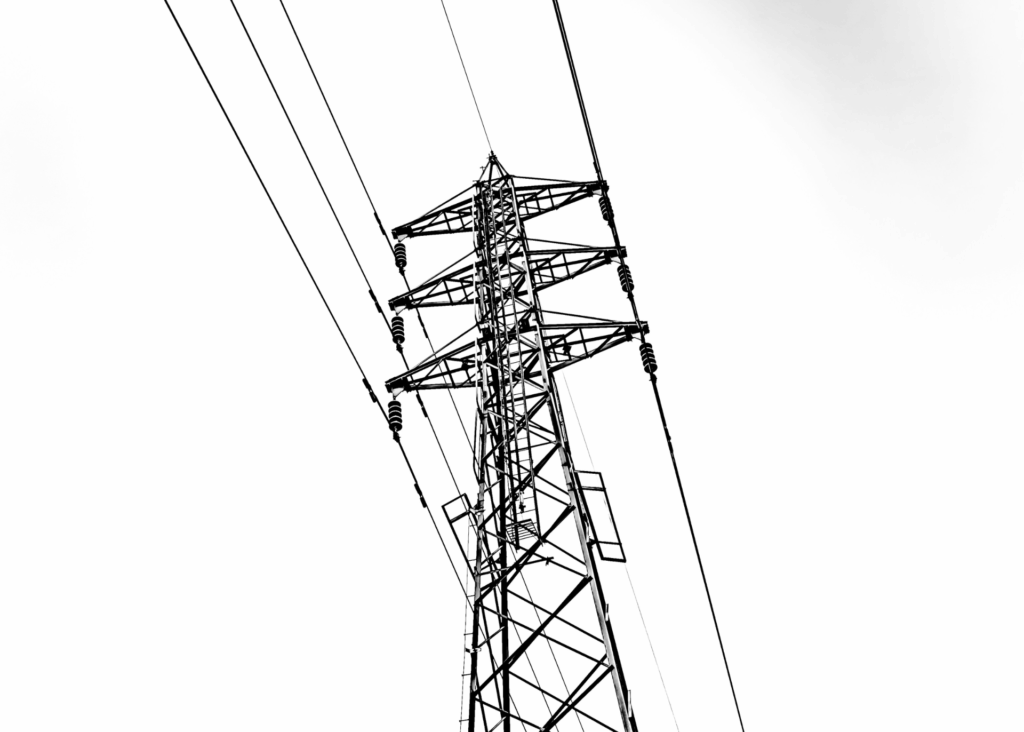Maintenance key performance indicators (KPIs) are crucial for assessing a data center’s maintenance objectives, such as reducing expenses or minimizing downtime. They act as benchmarks, illustrating where your team stands, how much further you must go, and the steps required to achieve these goals. Effective maintenance management is key to aligning these indicators with broader data center goals.
For instance, one primary objective could be achieving strategic cost reduction. Maintenance influences this goal through department spending and reducing waste, transforming these aspects into maintenance performance metrics.
Although each data center will have unique goals, typical maintenance KPIs focus on essential components such as:
- Efficiency
- Costs and expenditures
- Security and regulatory compliance
- Asset performance and reliability
- Downtime metrics
- Work order management
- Control of inventory metrics
Converting Data to Maintenance Performance
Maintenance performance data, when converted into practical information, becomes valuable business intelligence for data centers. If harnessed properly, it provides a competitive advantage. Maintenance stakeholders, decision-makers, and key personnel in data centers need accessible digital dashboards and reports to quickly interpret maintenance performance and key indicators.
In data center management, tracking KPIs is vital for measuring success and identifying performance gaps and inefficiencies. Displaying the right maintenance KPI dashboards using facility management software facilitates the quick identification and resolution of these gaps, enhancing asset management efforts for operational efficiency.
Important maintenance KPIs in data centers include reactive vs. planned maintenance, asset performance, equipment availability, downtime, and maintenance overtime. Dashboards highlighting key metrics can save valuable time and effort.
There are five key dashboards data center managers should consider:
- Asset Registry Dashboard
- Work Orders and Predictive Maintenance Dashboard
- Reporting of Global Incidents Dashboard
- Site Assessments Dashboard
- Risks and Opportunities Dashboard
These dashboards provide real-time valuable insights into data center performance, aiding in informed decision-making.
Work Orders and Predictive Maintenance

Predictive maintenance minimizes equipment breakdowns, reduces maintenance costs, and improves asset reliability in data centers. Using dashboards for work orders and predictive maintenance enhances work order management by tracking planned and unplanned maintenance in real-time. This provides specific metrics and insights, such as:
- Issues and incidents
- Failure modes
- Manufacturer reliability
- Work order completion rates
- Average mean time to complete a service request
Utilizing this information helps develop preventive workflows, thereby improving maintenance efficiency and lowering costs. By leveraging a CMMS software system, approval processes and work order creation become automated, facilitating continuous improvement and keeping maintenance routines proactive.
What are Predictive KPIs?
Predictive KPIs were developed to further enhance maintenance operations in data centers, offering data-driven insights to determine performance. Predictive KPIs foster continuous improvement by identifying strengths, weaknesses, and areas needing enhancement. They assist in anticipating and preventing equipment failures, thus reducing maintenance costs and improving mean time operations.
Incorporating predictive KPIs into maintenance operations enables teams to stay ahead of schedules and utilize the full power of KPIs.
Common Maintenance KPIs for Data Centers
In data center maintenance, success depends on optimizing both people and machines. Therefore, maintenance metrics track how well assets and operators perform.
Mean Time Between Failures (MTBF)
MTBF is a critical maintenance KPI for assessing asset reliability and operational efficiency in data centers. A higher MTBF indicates fewer equipment failures, impacting mean time operations positively.
Preventative Maintenance (PM) Compliance
Preventative maintenance keeps data center assets in optimal condition, reduces downtime, and enhances operational efficiency. PM compliance measures how thoroughly scheduled tasks are completed, influencing maintenance manager strategies.
Maintenance Backlog and Scheduled Maintenance Critical Percent (SMCP)
SMCP prioritizes overdue maintenance, enhancing scheduling, efficiency, and reducing downtime in data centers. It’s crucial for maintenance managers to focus on these important KPIs for well-managed maintenance routines.
Mean Time to Repair (MTTR)
MTTR is the average time spent diagnosing and repairing equipment in data centers. Lowering MTTR improves asset performance by reducing downtime and maintenance costs, influencing broader company goals effectively.
Planned Maintenance Percentage (PMP)
Planned maintenance minimizes equipment downtime in data centers, focusing on maintaining equipment uptime. A high PMP signifies efficient resource allocation, ensuring key performance indicators are met.
Selecting the Appropriate Metrics
Metrics should communicate clearly to drive specific maintenance KPI analysis. Select the right KPIs that align with data center objectives and are easily understood. Informed decisions depend on how maintenance KPI metrics like MTTR or PMP impact final outcomes.
How to Measure Metrics in Data Centers
Accurate measurement requires using appropriate tools, procedures, and people. Data-driven KPIs are essential, and CMMS software offers functionalities for effective resource allocation. This leads to improved maintenance technician productivity and better asset management.
Dashboards make it easy to track downtime metrics and specific maintenance KPI trends, illustrating changes in performance at the press of a button. Utilizing cutting-edge tools like those offered by MCIM optimizes maintenance operations, ensuring a data-driven approach to effective asset management in data centers.



